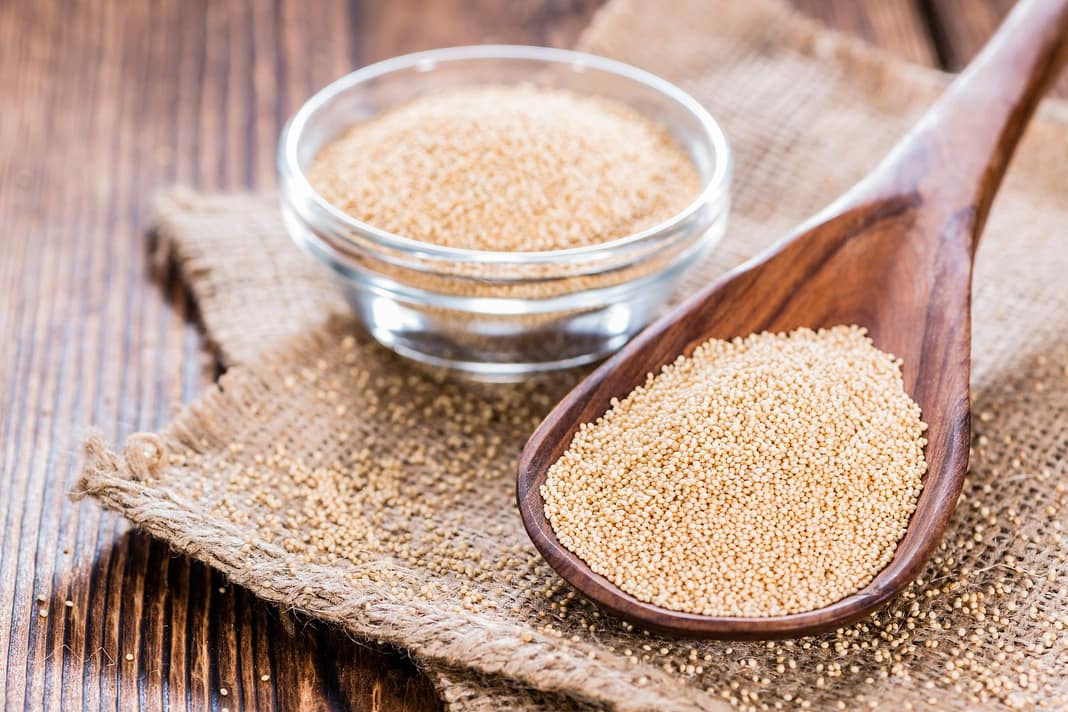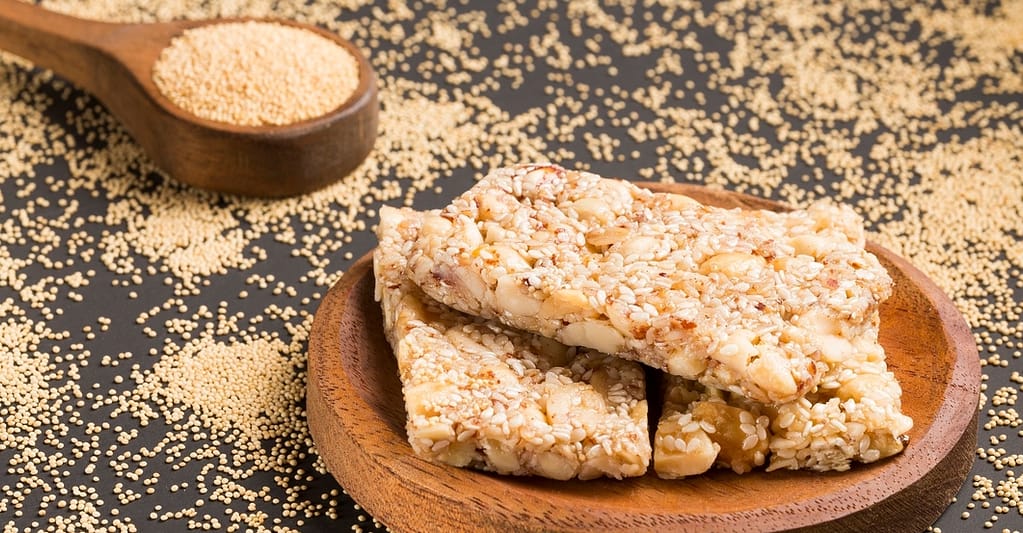
Heard of Quinoa, Goji berries, Acai – the modern world super-foods? The term “super-foods” is so alluring as are their promises of achieving super health, weight loss and so on. They come along with their whopping price tags due to import duties and marketing expenses.
India, like any other country has its own box full of super-foods. They are available cheap and since they are grown locally; are more beneficial for us. Let’s have an insight on how desi super-food ‘Amaranth’ compares with the globally acclaimed ‘Quinoa’ (pronounced as “keen-wah”).
Contents
Amaranth vs Quinoa
The name says it all
Ramadana in Hindi – God’s own grain
Rajgira in Sanskrit, Konkani – King’s grain
Amaranth from Greek word ‘amarantos’ – One that does not wither
It is the most nutritious grain in the world and is wildly cultivated throughout India. A powerhouse of nutrients; the crop yields both grain and leafy vegetable and is naturally organic too.
Energy-rich grains
Amaranth and Quinoa are edible seeds but called pseudo cereals as they possess same features as of whole grain cereals. Both provide healthy, complex carbohydrates that digest slowly and fuel your body for a longer period of time. Thus, Amaranth or Rajgira is a popular food during fasts as it provides slow releasing energy throughout the day.
More protein than grains
Amaranth has slightly more protein than Quinoa. They stand out from other grains because of the quality of protein and amino acids present especially Lysine. They are a complete protein source for a vegetarian diet.
Good fats
With nearly the same content of fat of around 7.4 g as compared to Quinoa, Amaranth stands out as a winner in this category too. It is rich in phytosterols which are extremely beneficial to reduce cholesterol and have cancer protection properties as well.
Minerals and vitamins boost
Both Amaranth and Quinoa are rich in magnesium and zinc. But Amaranth has two times the iron content. The imported Quinoa has 3 percent calcium as against 12 percent in our desi food.
Vitamin B6 is 22 percent of Recommended Dietary Allowance (RDA) in Amaranth while Quinoa has 18 percent of RDA; though Quinoa has more thiamin and riboflavin (other B vitamins).
Nutritional comparison
| Nutrients | Amaranth | Quinoa |
| Protein (g) | 13.2 | 13.1 |
| Carbohydrates (g) | 5.5 | 5.5 |
| Fat (g) | 7.4 | 14 |
| Fiber (g) | 61 | 53.6 |
| Energy (kcals) | 355 | 328 |
| Iron (mg) | 8.0 | 7.5 |
| Magnesium (mg) | 270 | 119 |
| Potassium (mg) | 413 | 474 |
| Sodium (mg) | 2.8 | 4.5 |
** Source: Indian Food Composition Table – NIN 2017
Benefits of Amaranth
- Amaranth is gluten-free. So, people suffering from gluten intolerance or Celiac disease can safely substitute wheat roti with Rajgira roti.
- Aids in weight loss and weight management.
- Maintains healthy digestive system. Its high fiber content results in smooth digestion of foods.
- Strengthens bones and maintains bone density as it has a wide range of minerals like calcium and magnesium in good amounts.
- Amaranth contains Lysine; an essential amino acid which the body cannot naturally produce. This helps in preventing male pattern baldness and strengthening hair follicles.
- Prevents macular degeneration and development of cataract, thanks to the significant levels of carotenoids and vitamin-A present in Amaranth leaves.
- An excellent substitute for rice in PCOS.
- Known to help prevent a number of chronic health conditions such as diabetes, heart disease, cancer and stroke. The potassium content helps to lower blood pressure and thereby reducing the risk of developing atherosclerosis. The high content of phytosterols help in reduction of bad cholesterol.
- Aids in relief from gout, arthritis and other inflammatory diseases due its high antioxidant property. A certain peptide has been identified in Amaranth that can help reduce inflammation in the body.
- The presence of numerous flavonoids including ‘Rutin’ helps in strengthening capillary walls and eliminating varicose veins.
Non-nutritive goodie points

- Amaranth grains are smaller than Quinoa. They are available as flour and flakes as well. Amaranth leaves are highly nutrient dense, low calorie greens widely available in all seasons.
- Amaranth has got better taste as Quinoa is slightly bitter due to presence of saponins.
- Before cooking, Quinoa needs to be rinsed multiple times while Amaranth is much easier to cook. Make curries, breads, sweets (Rajgira chikki) and Rajgira laddoos out of this super food.
Caution: Amaranth intake should be avoided by individuals having kidney stones and gall stones.
So now in your next trip to the supermarket, you know which super grain to add in your cart!








that’s an interesting find and valuable input.
Very informative!
Thank you very much for sharing, I learned a lot from your article. Very cool. Thanks. nimabi
Your article helped me a lot, is there any more related content? Thanks! https://www.binance.info/ru/join?ref=V2H9AFPY
Can you be more specific about the content of your article? After reading it, I still have some doubts. Hope you can help me. https://www.binance.info/cs/join?ref=V3MG69RO
I don’t think the title of your article matches the content lol. Just kidding, mainly because I had some doubts after reading the article.
Your point of view caught my eye and was very interesting. Thanks. I have a question for you.
Thanks for sharing. I read many of your blog posts, cool, your blog is very good.
I don’t think the title of your article matches the content lol. Just kidding, mainly because I had some doubts after reading the article.
I don’t think the title of your article matches the content lol. Just kidding, mainly because I had some doubts after reading the article.